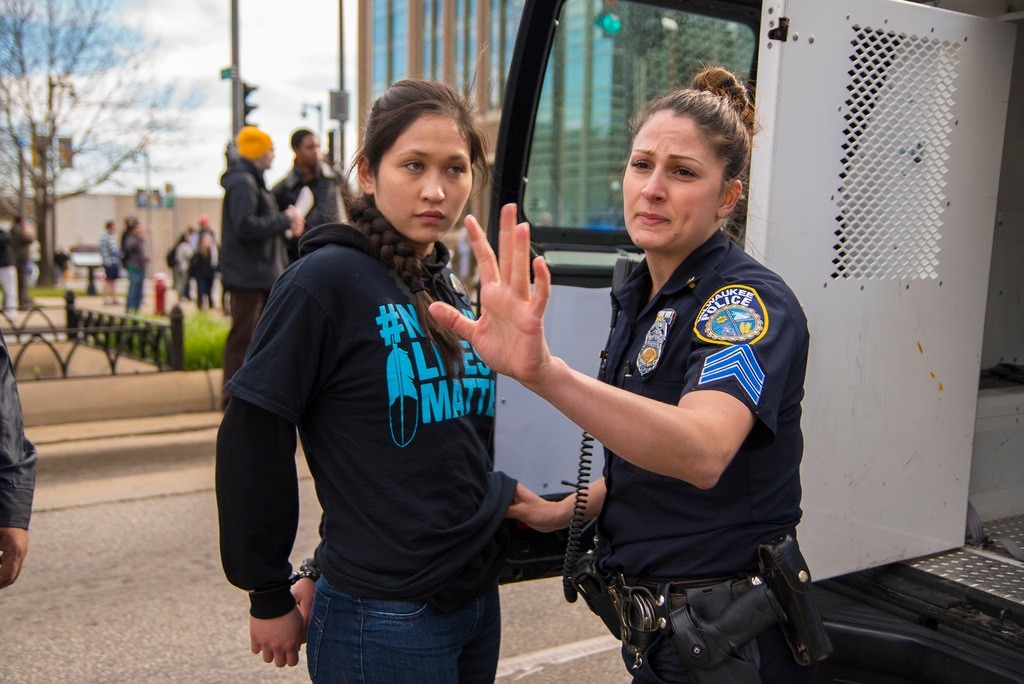Bear With Me While I Provide A Bit More of that Evil Critical Race Theory

Six years later, the circumstances of Ms. Highwolf’s death remain a mystery, one of many involving Native women who disappear or meet violent ends with alarming regularity. Her family and the local authorities agree that the case was shoddily handled and the initial investigation haphazard, as is often the case for Native Americans.
“They put her in the category of ‘just another drunken Indian,’” said one of Ms. Highwolf’s sisters, Rhea New Holy. “But she wasn’t.”
Today, under pressure from her family and an advocacy group in California, Ms. Highwolf’s case is under review. Pauline Highwolf is relieved it has been reopened, but she says a six-year effort to get there underscores the need for change in the way such cases are handled.
“We want to keep fighting, until we are heard,” she said. “And we want everyone who lost someone to keep fighting and know they’re not alone.”
In Montana, Native Americans, mostly young women, accounted for one-third of the 110 active missing persons cases in the missing persons’ clearinghouse at the end of 2019, according to a 2020 study by the state’s Justice Department. Big Horn County, where Ms. Highwolf’s body was found, and neighboring Rosebud County, home of the Northern Cheyenne reservation, lead the state for the number of missing people reported per capita. Last year, in the same town where Ms. Highwolf died, the body of Kaysera Stops Pretty Places, 18, who had been missing, was found in a backyard. Her case remains open.
…
By 2019, four years after Ms. Highwolf’s death, another sister, Kim Red Cherries, used Facebook to contact the Sovereign Bodies Institute, a nonprofit in California that helps Indigenous people who are the victims of sexual violence. Last month, after nearly two years of effort, Annita Lucchesi, the organization’s director, who had publicly declared Ms. Highwolf’s death a murder, arranged a meeting with the Montana state medical examiner and other authorities to begin a review of Ms. Highwolf’s case.
The nearly four-hour meeting, held late last month and described to The New York Times by participants, raised more questions.
Jay Harris, the Big Horn County Attorney, reviewed copies of police reports in the meeting, including one that said the police found an entry in a journal in the motel room that could be interpreted as a suicide note. It was the first time the family had heard of such a note, and Pauline Highwolf remains skeptical of it. She has since seen a photograph of it and said she was unsure whether the handwriting was her daughter’s.
Pauline Highwolf also strongly objected to a statement in the post-mortem report that her daughter had “a prior history of suicide attempts.” That was not the case, she said. Mr. Harris said the information came from a Big Horn County law enforcement officer on the night of Allison Highwolf’s death, but could not explain why the officer included it. The officer has since left the department, and did not respond to messages left on his cellphone.
I guess this story must be racist toward white people for suggesting that Montana law enforcement may in fact not care one way or another when Native women die.


